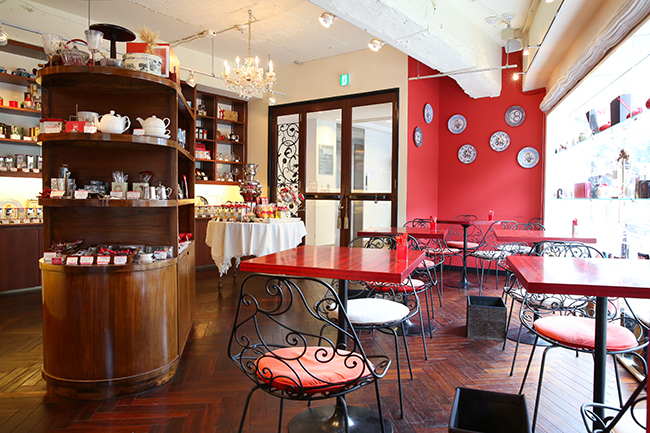Discover the World of Black Tea with Demmers Teehaus
Feb 17,2022
Discover the World of Black Tea with Demmers Teehaus
Feb 17,2022
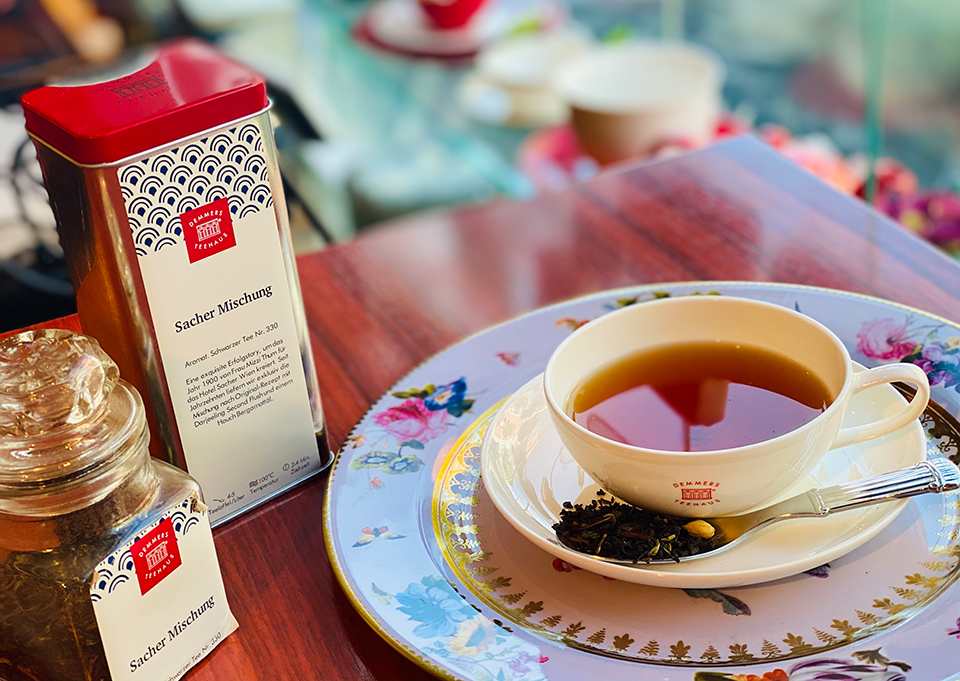

In Europe, the Americas, and many other parts of the world, black (as opposed to green) tea is the usual form of the drink. It’s enjoyed in many different settings, whether as an everyday beverage or during a leisurely afternoon tea.
But maybe you’re unsure of the right way to drink black tea. With so many varieties out there, maybe you’re at loss which to choose. Well, you’re not alone. That’s why we asked Akimoto Hina, publicist at Demmers Teehaus, a tea brand based in Vienna, Austria, to share the basics of tea. There are so many different ways to enjoy tea depending on your mood and what treats it’s served with.
Black tea is, like green tea and oolong tea, made from the leaves of the tea plant. It’s distinguished by the fact that the harvested leaves are completely fermented, unlike green tea, made with unfermented leaves, and oolong tea, made with partially fermented leaves. The agents produced during the fermentation process are highly effective at killing bacteria, while the rich aroma is deeply relaxing. So black tea isn’t just celebrated for its flavor. It’s also in the spotlight for its health and beauty benefits.
Another attractive thing about black tea is its sheer variety. There are so many types to choose from while comparing aromas and flavors. Demmers Teehaus, for which Hina works as a publicist, offers a lineup of over 300 varieties of tea made from 100-percent natural ingredients. The company’s Japanese location in the Roppongi district of Tokyo regularly stocks some 80 varieties of tea leaves, so you can enjoy their aroma while choosing the tea right for you.
With such an embarrassment of riches, you might think you’ll have a hard time deciding which to choose. Still, “it’s not that difficult to find a tea you like if you whittle down your options step by step,” according to Hina.
“For starters, teas can be broadly divided into two categories depending on whether they’re flavored or not. If you want to enjoy the natural aroma of the tea leaves, go with a tea that’s unflavored. First, give the person at the store a rough idea of what you’re looking for, such as a full-bodied tea or a smooth-tasting tea, and ask their advice.
“If you want to enjoy a fruity or spicy aroma, I’d suggest a flavored tea. There are fruity teas, teas with overtones of vanilla, and so many other options to choose from. It’s a good idea to check out the aroma as you’re searching.”
Hina recommends choosing the flavor of tea right for your mood and the situation. If you’re on a diet, a sweet-smelling tea redolent of cake can help you feel fuller. If you’re feeling blah, a citrous scent like grapefruit might help refresh you.
There are also caffeine-free teas you can even drink before bedtime.

One way of choosing, then, is to start by deciding whether to go with a flavored or unflavored tea. There’s also another way: start by deciding what kind of tea leaves you want. Here are the main varieties of tea leaves and their characteristics as enumerated by Hina.
・Assam (from India)
Assam has a rich, full-bodied flavor. Often produced using the CTC method, which curls the leaves, it tends to be strong even when steeped briefly. That makes it perfect when served with milk.
・Darjeeling (from India)
Darjeeling is crisp and refreshing with an elegantly bitter taste. Notable for the way its flavor varies depending on when it is harvested, Darjeeling is considered one of the world’s three finest varieties of tea.
・Nilgiri (from India)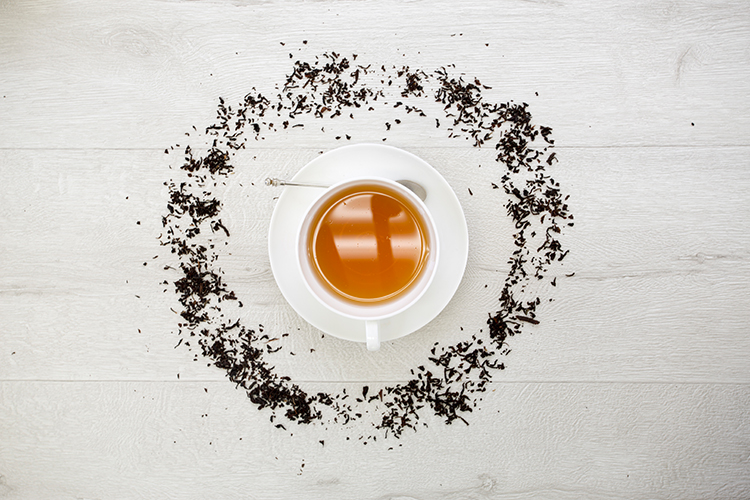
Not too idiosyncratic, Nilgiri tea is characterized by its well-balanced flavor and aroma. It is suitable for drinking in any setting.
・Uva (from Sri Lanka)
Uva tea is a Ceylon tea (the generic term for teas from Sri Lanka) with a distinctive menthol-like aroma.
・Nuwara Eliya (from Sri Lanka)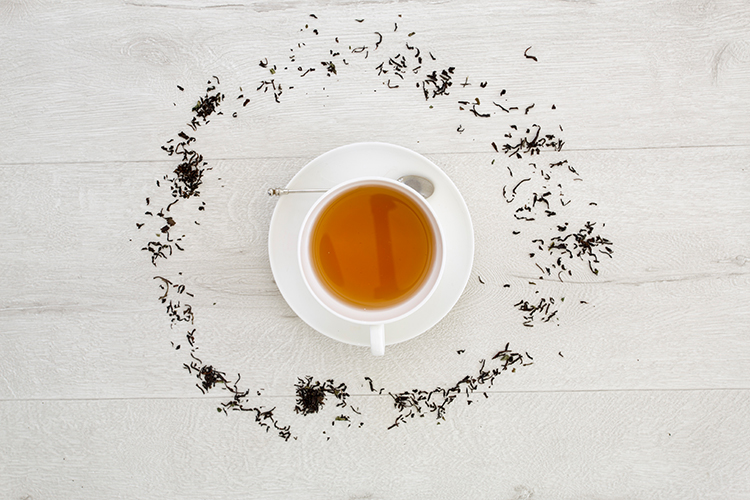
Nuwara Eliya tea is characterized by its trademark astringency and aroma, the product of the considerable temperature swings between morning and evening. It has a robust taste despite its a pale orange color.
・Keemun (from China)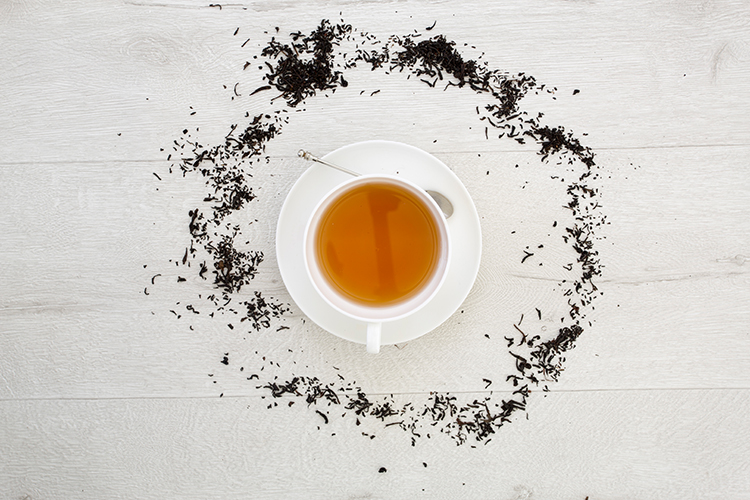
Keemun has a deep copper color and tastes sweet, without a trace of bitterness. It is, along with Darjeeling and Uva, one of the world’s three finest varieties of tea.
The most popular variety of tea at Demmers Teehaus, by the way, is Sacher Mischung, a blend of Darjeeling and Sri Lankan and Chinese tea leaves to which jasmine buds and bergamot are added.
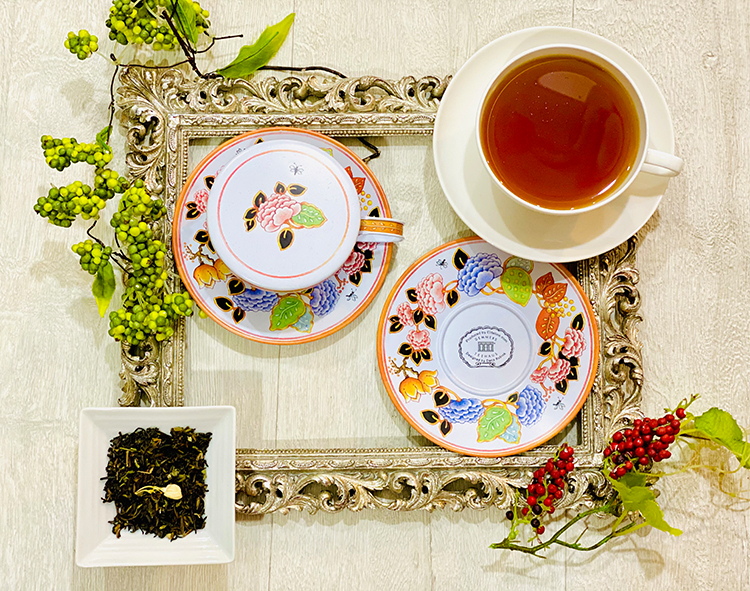
“This is a custom blend produced for the Hotel Sacher in Vienna, one of Austria’s most exclusive hotels, and its crisp taste is what makes it so appealing. Surprisingly, it goes wonderfully with traditional Japanese confections, not to mention Sachertorte and other chocolate desserts.”
It would be such a shame if you bought a delicious variety of tea only to brew it the wrong way. To make the perfect cup of tea, there are several key points to keep in mind and steps to follow.
Keys to making the perfect cup of tea
・Use water fresh from the tap.
・As soon as the water comes to the boil, pour it vigorously over the tea leaves.
・ Pour hot water into the teapot and teacups as well to warm them.
How Demmers Teehaus recommends brewing tea
1.Warm the teapot and teacups as you boil the water.
2.Put 5 grams of tea leaves in the pot for each person. Once the water comes to a boil, pour it vigorously over the leaves. Demmers Teehaus recommends 400 cubic centimeters of water per person.
3.Let steep for two and a half to three minutes, or slightly longer if you’re going to be adding milk. When using CTC tea leaves, however, a shorter steep is acceptable, even if milk will be added, since CTC leaves result in a stronger cup of tea.
“It’s particularly important to use fresh tap water. The water in Japan is soft water, which is well suited to making tea. And water fresh from the tap contains plenty of air, so when it’s boiled and poured, it makes the tea leaves literally jump. Remember: the more the leaves jump, the tastier the tea.”
Once you’ve mastered the art of making a great cup of tea, you can try out different variations. There are all kinds of ways to jazz up your basic tea. Besides milk or a slice of lemon, you can add cinnamon powder or honey, for example. Depending on the combination, you might bring out flavor nuances you’d never imagined.

Another great treat is tea affogato: a rich-tasting cup of Earl Grey poured over vanilla ice cream.
Once you’ve found a tea you like, you’ll want to keep enjoying it for a long time. But beware. “Tea loses its flavor once you open it, so I wouldn’t recommend that you store it for too long,” Hina cautions.
“When storing tea, keep it in a cool, dark place away from air, sunlight, and moisture. I wouldn’t advise keeping it in the fridge, since the temperature fluctuates every time the door is opened, causing the quality to deteriorate. Use it up as quickly as you can, before it loses the flavor that appealed to you in the first place.”
Knowing how to make a great cup of hot tea can make your precious moments of relaxation more fulfilling. So why not have a go at brewing a pot yourself in the comfort of your own home?
